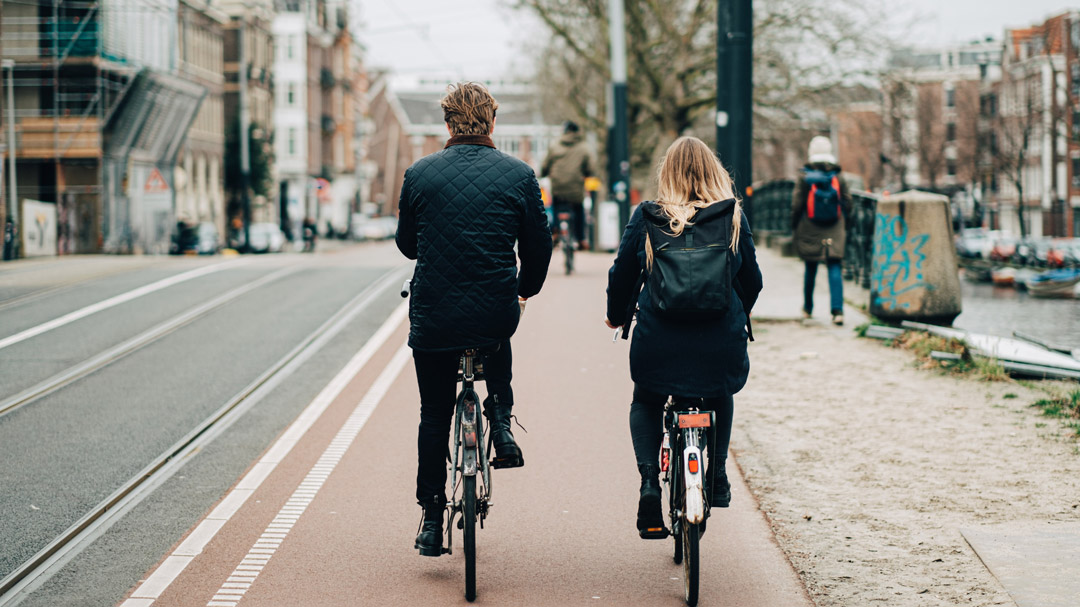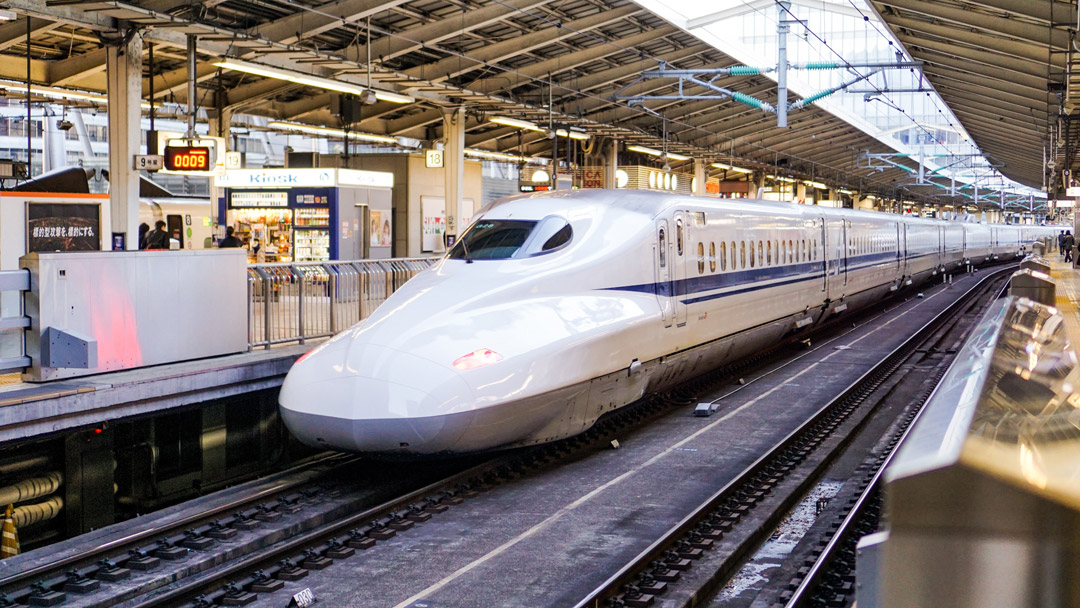For everyone who lives in a city, a good public transportation system is key. Some cities have acceptable transport – it gets them from a to b, and some cities have excellent transport – its efficient, easy to use, and accessible to all. Let’s take a deep-dive into a few of the cities globally with the best transportation system.
Tokyo (Japan) is known for having one of the most efficient train networks in the world; the trains are very reliable, and the system is easy to navigate, even to non-Japanese speaking passengers. The subway system gets 8 million passengers a day, with 3.64 million passengers passing through Shinjuku station daily, it’s the world’s busiest station. Shinjuku has more than 200 exits and even has its own app just to help people get around the station. Writing about punctuality, Japan Talk says “Average arrival time is within 6 seconds of schedule. A Shinkansen arriving 30 seconds late is a big deal.” Since so many people are using the trains in Japan, trains have to be on time. This is because even just one delay can have a domino effect and it can disrupt so many other trains, causing them to also be delayed. This would mean that not only would there be a lot of angry passengers, but it is also likely that especially in peaks times, the station could become chaotic as the crowds would build-up due to people waiting to get on the train. It’s good that Tokyo has such high standards for their trains been on time as it means that passengers are more likely to use the service since it is reliable.
Curitiba (Brazil)’s most popular mode of transportation, is buses. With a rapidly growing population, it was obvious that Curitiba needed some kind of mass transit, so planners called for metro lines to be built, as well as widened streets for more cars, however, Jaime Lerner had other ideas. In 1971 architect Jaime Lerner took office as mayor. Jaime saw the potential in buses so he proposed integrated bus lanes to run through the city, with stations built along the routes. This meant that the buses would be able to operate at high speeds similar to light rail for a fraction of the cost and they’d get built and completed in a lot less time. The buses have multiple doors and fares are dealt with before entering the station – this enables faster boarding process which is similar to rail systems. “Curitiba was the first city to include the essential elements necessary for a BRT [bus rapid transit] system to function effectively” says Andres Fingeret, director of the Institute for Transportation and Development Policy in Buenos Aires. “Due to the similar language and cultural context, it was easier for the success of BRT in Curitiba to be replicated elsewhere in Latin America,” he says while discussing how the BRT systems have been duplicated across the world. The bus rapid transport system would be a good choice of mass transit for cities which require a highly effective system, which can be quickly built at an affordable price.

Amsterdam (Netherlands)’s cycling. Cycling is a great way to get around – it’s environmentally friendly, it is a good way of getting some exercise in, it is a good mood booster, and not to mention its free. According to figures published by iamsterdam, 58% of Amsterdammers who are older than 12, cycle every day. In the 1960s when cars had started to become popular, there was a plan which was thankfully never executed – it was to pave over the cities canals to make way for cars. Nowadays, rather than building roadways, the city has been transformed into a city for bicycles.. Michel Post [JS: who is this?] tells iamsterdam that he has a vision for the city’s future – it is for the cities car traffic to decrease to the point of there needing to be no cycle lanes at all, as bicycles can move off the curb and claim the streets. “Cars will consider themselves guest,” he says, as he elevates Amsterdam’s status as the worlds biking capital to new heights. This is brilliant news for Amsterdam as by having minimal cars in the streets it minimises pollution meaning they will have better air quality – as well as no congestion, which will make the streets have a tranquil vibe. The city already caters to cyclists through multiple bike storage facilities, numerous bike shops, and countless bike racks. Amsterdam also caters to its visitors by offering bicycle hiring which will encourage the visitors to hire a bike to get around, rather than encouraging the use of taxis.
Despite the array of transportation choices many smart cities offer, some people may prefer to travel by taxi. There are many reasons why a taxi makes the best choice for some people; maybe it’s more convenient, it could be late at night when there aren’t as many transport routes running, or maybe it could be because they are disabled and they find that taxis are the most accessible way to travel. One city which is doing particularly well at catering to their less-abled residents is Liverpool, UK. In 2019, Liverpool was named the best city in the UK for accessible taxis with 2.9 accessible taxies per 1,000 people. Taxi2Airport looked at government data and ranked the top ten and bottom ten English cities for wheelchair accessibility in taxis. Taxi2Airport said that the aim of the research was to emphasise the extent of the work needed to remove barriers associated with travel for disabled people. Hopefully, the research will help governments to realise that they should increase the number of accessible cities and follow Liverpool’s lead. Having access to more accessible taxis means that people with a disability and the elderly that are not comfortable with other modes of transportation are mobile. This means that they are less likely to feel isolated due to the idea that they won’t be able to get around as well, which is great as they will then feel a lot more included in society.
Some people might find that public transport isn’t for them. A lot of people like to rely on their own personal car as a way to get around. Considering the eco-friendly public transport which is offered in a lot of cities (e.g. electric buses), cars aren’t the best. They cause pollution and congestion. In Norway, however, their fleet of cars are a lot more environmentally conscious. Fuelled by the fact that Norway is to completely ban the sale of fossil-fuelled cars by 2025, Forbes reported that 60% of new cars sold in Norway during March 2019 were entirely electric-powered =. The electric cars have been made an attractive option as buyers do not pay import tax and VAT on plug-in cars, and they don’t pay road tax. They can also park for free and bypass traffic by driving in some bus lanes. Norway’s fleet of electric cars is one of the cleanest in the world as the electricity used within the country comes from hydropower, [JS: not sure why you are “questioning or leading to a conclusion that Norway’s hydropower fuled energy is a deterring factor for other countries..] however this shouldn’t stop other countries from following suit as they are a lot better for the environment and more and more governments are investing in clean sources of energy.
Everyone in a city has to get around some way or another. Mass transit systems like trains are often the go-to in bigger cities, especially for long-distance, whilst buses tend to be the most popular in mid-sized cities who don’t have rail travel. As long as transportation is reliable and gets people to where they want to be, it can be effective in a city. Some cities still have to develop their transport a little bit more to handle their increasing populations, however, if they just look up to some of these cities we have looked at today, it shouldn’t be too difficult for them to adapt and improve.

Recent Comments